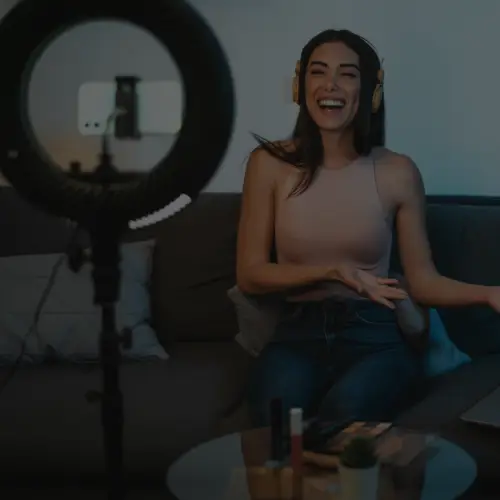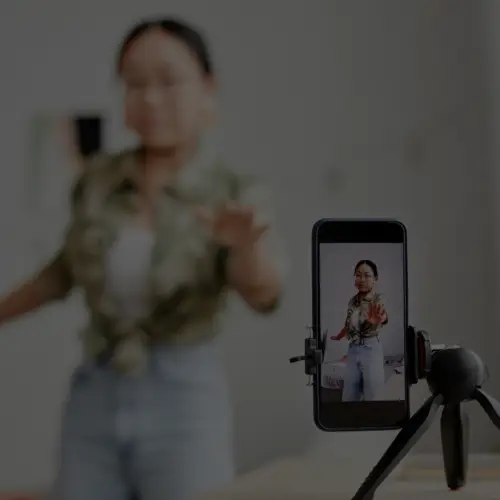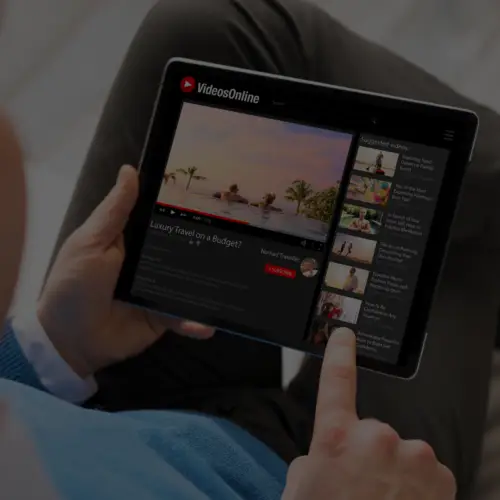12 Jul Instagram v. Vine: Which Is Right for Your Brand?
“Video, video, video!” That seems to be all that’s on brands’ minds over the last few weeks after Vine grew in popularity, Instagram announced video capabilities and YouTube introduced new changes. But with the increasing use of mobile, Instagram and Vine have become key players for quick, yet creative video content. Which one is right for your brand?
Advantages of Instagram Video
My colleague Craig Carter covered many of the new features of Instagram Video in a post immediately following Facebook’s announcement of the new feature. The (obvious) key advantage that Instagram has over Vine is length – as videos can be up to 15 seconds. A few others include:
• Filters: There are 13 new video-specific filters, so you can set a different mood for each video.
• Cinema: This feature automatically stabilizes shaky, handheld footage to give your videos a more polished look.
• Editing: Instagram also offers the ability to delete clips if you’re unhappy with them. Note: you can only delete the most recently shot clip; you cannot go back to an earlier part of the video to edit.
• Existing Network: Luckily for brands, you don’t have to build up another network if you already have an established following. Photos and videos live in the same stream, and the user experience for video is nearly identical to that of photos.
Advantages of Vine Video
Vine recently announced their own major update. Apart from precedence over Instagram on the video front, here are a few advantages to using Vine:
• Stop-Motion Videos: While some brands have created successful stop-motion videos on Instagram, the Cinema feature often over-corrects for the motion and the final product looks a little unnatural. Stop-motion videos have blown up on Vine, and several brands have created content series using the technique, such as #lowesfixinsix. With their new ‘ghost’ feature, Vine has secured a stronghold on stop-motion; the feature shows a transparent overlay of your last clip, allowing you to frame each shot to create a smooth video.
• Revining: Users can now “revine” content that they find interesting, making it easier for them to share your content and drive viral spread.
• Channels: You can also submit your posts to one of 15 channels, such as music or comedy, increasing the chances of your content being discovered on the ‘Explore’ page.
• Looping: For added creativity, Vine videos loop and some users have created great content that tells a continuous story… or as much of one as you can tell in six seconds.
Some have noted that shares of Vine videos have dropped after the announcement of Instagram Video, but there are several brands and users still actively using the platform.
Instagram v. Vine: Brand Examples
To examine some of these differences in action, I took a look at brands that have presences on both Vine and Instagram, and I compared similar videos on each platform to see how their community managers used each one.
Sephora
To honor their 15th birthday, Sephora posted the same video to both platforms, composing individual clips of celebratory cupcakes. In this example, both versions of the video are comparable in quality.
Vine
Wimbledon
Wimbledon is using both platforms to bring the experience of attending the championship to their fan communities. They posted behind-the-scenes content of Serena Williams. On Vine, they shared an exclusive video of her practicing, while they used Instagram Video to track her entrance onto the courts. Wimbledon appears to be using Instagram Video in a similar manner to photos – showing off the look and feel of the tournament, while their Vine content has more of a “sneak peek” spirit.
Vine
Target
Despite jumping into the Instagram Video pool, Target chose to record a stop-motion video of a popsicle melting and forming a celebratory summer message on Vine, then shared a photo of the final product on Instagram.
Vine
Instagram (Photo)
In their first Instagram video, however, Target recreated a similar concept to a video they shared on Vine. They used a different subject in each video for variety, but the concept was the same. Target’s channels are great examples for brands that want to maintain a presence on both platforms; messaging is similar, but their content allows for a different experience for each community.
Vine
User Videos
Popular (and now professional) “Viner” Meagan Cignoli also performed a little experiment where she recreated the same stop-motion video on both Instagram and Vine. She conducted a poll on which video looked best, and user response was overwhelmingly in support of Vine. Check it out for yourself:
Vine
Which platform are you using for your brand’s videos? Tell us which one you prefer in the comments.






